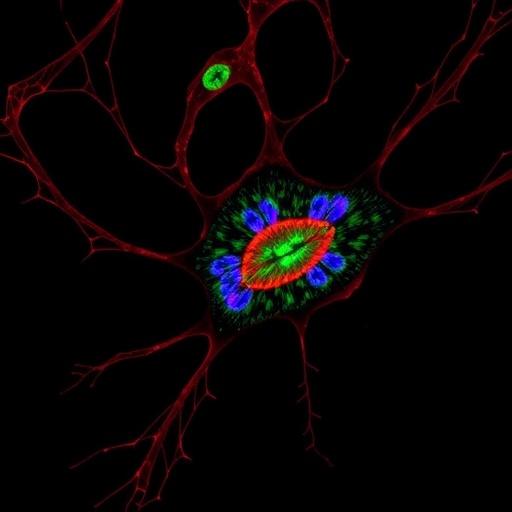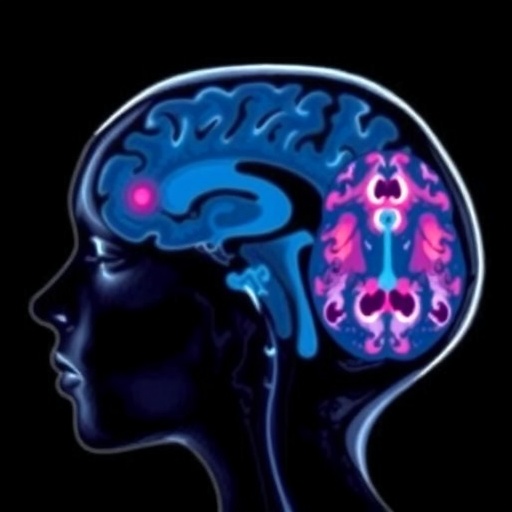A collaborative study between McGill University and the University of Antwerp allows PET scanning on animals without the use of anesthesia.
Have you ever spent half an hour trying to take the best photo of your pets but they won’t stay still in the perfect angle? This is also true for small animal imaging research using positron emission tomography (PET). Because of this, the use of anesthesia is a widespread practice in animal imaging. It’s one of the biggest limitations to imaging studies because anesthesia alters the animal’s normal physiological state, blurring the answers to the questions that many researchers have been asking.
Thanks to a collaborative effort between McGill University, Montreal Canada and the University of Antwerp, Belgium this no longer needs to be the case. A new study, published in NeuroImage by researchers from the Molecular Imaging Center Antwerp (MICA) and the Douglas Mental Health University Institute of McGill University, describes a new PET imaging platform capable of simultaneously scanning multiple animals while they are awake.
The platform uses an insert developed by Min Su (Peter) Kang and Reda Bouhachi (Pedro Rosa-Neto’s Team, McGill University) and an algorithm developed by MICA researchers Alan Miranda and Professor Jeroen Verhaeghe, that tracks a single animal’s head movements. This collaborative effort enabled the Douglas researchers adapted the algorithm to track two animals’ movements simultaneously in a PET scanner, with the help of imaging experts from The Neuro (Montreal Neurological Institute and Hospital).
“We think our breakthrough will open a new era of small animal PET imaging research and unprecedented experimental designs that many researchers have been anxious to test for a long time,” says Pedro Rosa-Neto, Associate Professor in McGill’s departments of Neurology & Neurosurgery and Psychiatry and a researcher at McGill’s Translational Neuroimaging Laboratory.
Previous methods developed to avoid using anesthesia required external tracking or surgical implantation of devices to scan the brain of moving animals. The new method developed through this collaboration thus offers a less invasive means of conducting imaging studies and allow animals to interact in a “natural” manner during scans.
“From the start of this project our goal was to develop a practical approach to imaging awake animals. After more than 3 years of development, we delivered an approach that can be easily implemented so scientists can focus on new exciting biology questions that can be answered rather than on technical issues,” says Jeroen Verhaeghe, Professor at the Molecular Imaging Center Antwerp (MICA), part of the University of Antwerp and the University Hospital Antwerp.
Thanks to this innovative platform, TNL and MICA will continue their collaboration in the hopes to answer questions that have long eluded scientists, for example, the extent to which brain cells use glucose as the main energy source. The new scanning method could also help understand the neurochemical basis of sympathy, fear, learning and memory in real time in awake animals, questions that could not previously be answered because of the use of anesthesia.
###
To a video of the scanning procedure: https:/
For more information on the study: https:/
Media Contact
Cynthia Lee
[email protected]
https:/




